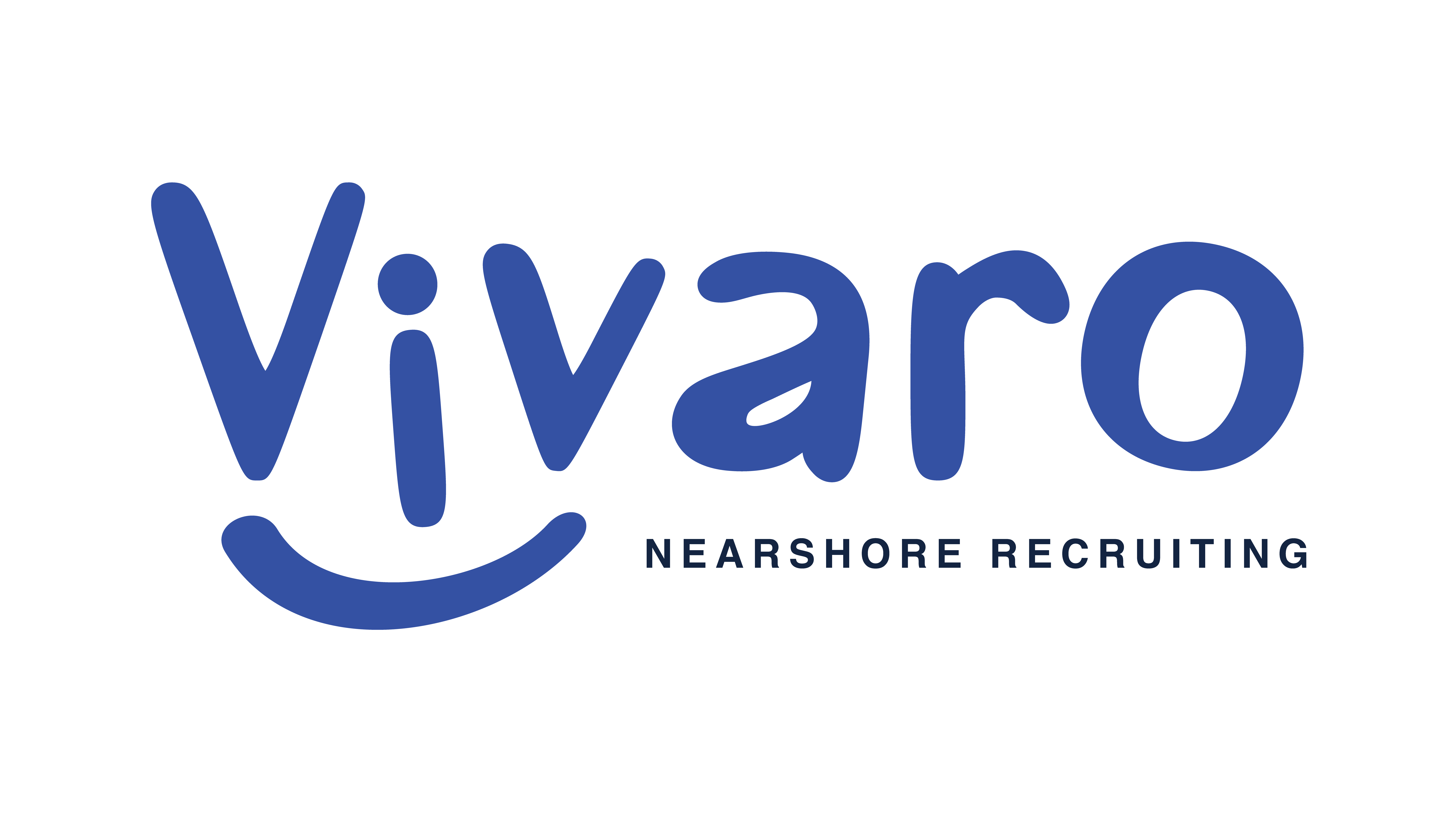A Guide to Payroll Schedules in California: Understanding Pay Dates and Options for Employers
Payroll can be a complex and confusing topic for many employers, especially when it comes to payroll schedules and pay dates. It's important for employers to understand the difference between the two and how they can affect their business. In this blog, we'll explain the difference between pay date and payroll schedule and the payroll schedule options available for California employers.
What is the difference between pay date and payroll schedule?
The pay date is the date when employees receive their paychecks, while the payroll schedule is the schedule that outlines when payroll is processed and when employees will receive their paychecks. The payroll schedule is essentially a timeline that shows when each payroll cycle starts and ends, and when paychecks are issued.
For example, if an employer's payroll schedule is biweekly, the pay period would run for two weeks, and the pay date would be the date when employees receive their paychecks for that two-week period.
It's important to note that California law requires employers to pay their employees at least twice a month on specific days, known as the "regular paydays." These regular paydays are the 1st and 15th of each month, or the 15th and the last day of the month. Employers must pay their employees all wages earned up to and including the regular payday.
Payroll schedule options for California employers
There are several payroll schedule options available for California employers. Let's take a look at each option and the California law attached to it:
- Weekly payroll
Under California law, employers are allowed to pay their employees on a weekly basis. This means that employees are paid once a week, 52 times a year. This schedule is ideal for businesses that have a lot of hourly employees, as they work different hours each week. By paying them weekly, it ensures they receive a consistent paycheck, regardless of their working hours. Additionally, it provides employees with immediate feedback on their hours worked and pay earned, which can increase motivation and engagement.
- Sample payroll schedule and matching pay date:
- Payroll period: January 1st to January 7th
- Pay Date: Friday - January 13th
- Biweekly payroll
Bi-weekly payroll schedule involves paying employees every two weeks. It is one of the most common payroll schedules for non-blue collar hourly employees. This schedule works well for businesses that have salaried employees or employees who work regular hours each week. With this payroll schedule, employees receive two paychecks per month, which can help them budget their expenses. While not having to deal with payroll processing headaches every week.
- Sample payroll schedule and matching pay date:
- Payroll period: January 1st to January 14th
- Pay Date: Friday January 20th
- Semi Monthly payroll
A semi-monthly payroll schedule involves paying employees twice a month, typically on the 15th and 30th of each month. This payroll schedule is common for businesses that have salaried employees in California. It's also easy to manage as it's only two paydays to remember each month. However, this payroll schedule can be challenging for hourly employees, as they may work different hours each pay period and more difficult to track California Overtime Laws.
- Sample payroll schedule and matching pay date:
- Payroll period 1: January 1st to January 15th
- Pay Date 1: January 20th
- Payroll Period 2: January 16th to January 31st
- Pay Date 2: February 5th
- Monthly payroll
Monthly payroll is when employees are paid once a month. Because California wants employers to pay employees no less than 2 times a month. Monthly payroll processing is extremely rate. There are a few government agencies are allowed to pay once a month, but it is recommended to build a schedule from the first 3 options if you have any w2 employee working for you. Owners who just pay themselves will use this schedule to make monthly taxable income payments from the business to themselves only
- Sample payroll schedule and matching pay date:
- Payroll period: January 1st to January 31st
- Pay Date: February 5th
California Law Regarding Payroll Schedules
Employers in California must adhere to strict rules when it comes to payroll schedules. According to California Labor Code Section 204, employers must establish a regular payday that falls at least twice a month on days designated in advance by the employer as the regular paydays. Employers must also pay their employees for work performed between the 1st and 15th of the month no later than the 26th of the same month. For work performed between the 16th and the last day of the month, employers must pay their employees no later than the 10th day of the following month.
Employers who violate California's payroll laws can face severe consequences, including fines and legal action. To avoid these penalties, it’s crucial that employers understand their payroll schedule options and choose the one that’s best for their business.
As an employer, choosing the right payroll schedule is essential to ensure that your employees are paid accurately and on time. You must understand the difference between the pay date and the payroll schedule attached to the pay date, as well as the California law regarding payroll schedules.
At A & A Employer Services Inc., we understand the complexities of payroll administration and can help you choose the right payroll schedule for your business. We offer a range of payroll services that can help you stay compliant with California law, including payroll processing, tax filing, and compliance reporting.
If you need help with your payroll or have any questions about payroll schedules, please don’t hesitate to contact us. You can call us at 888-305-1055 or schedule a meeting on our website at the link below. We’d be happy to help




